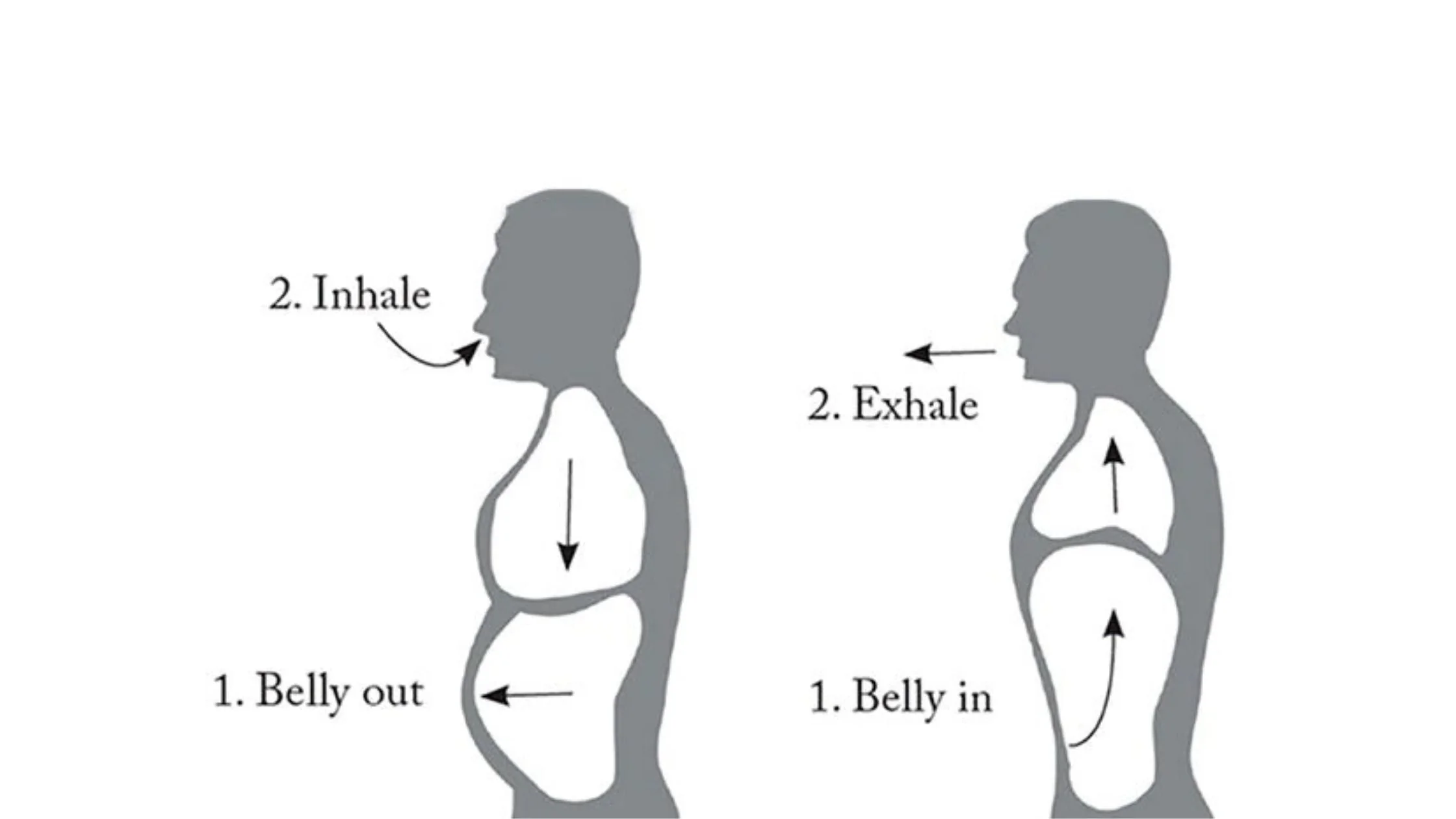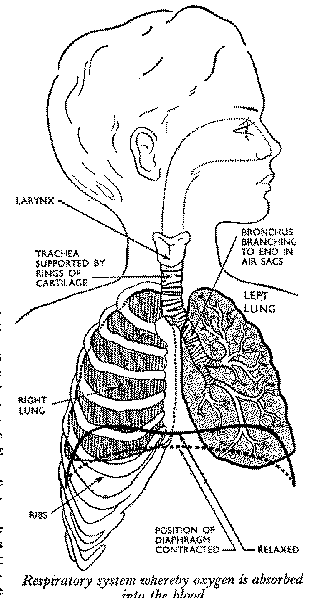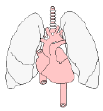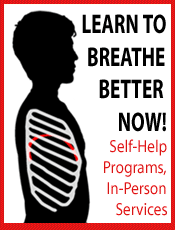If a pattern of breathing has been disturbed for any length of time, clinical experience suggests that normalization of the muscles and joints associated with the breathing process frequently require primary attention, before normal breathing patterns of use can be restored.
From an enlightened medical doctor. "Mr. A has had an injury to his diaphragm -- inability to function properly --adversely affecting his breathing. There is no established medical treatment for this condition and patient has been encouraged to seek any and all alternative treatment modalities.
"Good advice but yikes on the many sources of mediocre to bad information sources that are out in the world these days. Breathing exercises are a dime a dozen and many actually worsen breathing by restricting diaphragm function.
The diaphragm is the central muscle of the human body, the principal muscle of your breathing. It almost completely separates the body in half from top to bottom. Ancient Greece called the diaphragm phrenos, "the unity of all possibilities of human expression".
The diaphragm does not activate as one muscle but rather its individual parts can be active at different times. The diaphragm shrinks and as it shrinks it will rise one side the other or both less and less up in to the chest.
Liken it to a bicycle pump. If you pull the handle out just a little you get very little air into the tire. The higher the diaphragm rise the higher the pump handle can rise and the more air it can push/pull into the tire/lungs.
It shrinks irregularly as well.This happens with almost every lung issue. I have had video fluoroscopes of MY diaphragm. It was fascinating. The MD radiologist was kind enough to let me x-ray my diaphragm but did not have a protocol for this which suggests to me a lack of clinical research into diaphragm function and development.
“A weakened diaphragm causes increased resting tone in upper rib cage muscles such as the scalenes, upper trapezius, levator scapula, and pectorals. The latissimus dorsi, pectoralis major and minor are not typically thought of as accessory muscles of breathing, but may be recruited in faulty movement patterns such as paradoxical breathing, where the abdomen moves in on inspiration and out on expiration.
This common muscle imbalance pattern creates shoulder girdle protraction, forward head carriage, and decreased lumbar lordosis. Forward head posture may result in significant suboccipital and cervicothoracic pain, as these areas are now asked to bear excessive loads to compensate for the hyperkyphotic t-spine.” Eric Dalton
Your heart rests over it. Your liver, gall bladder spleen, stomach and kidneys lie below it. It is attached to your spine as it moves and massages (hopefully) all your abdominal organs.
Your diaphragm is the mediator of all the biological and emotional rhythms of your body. Including the autonomic nervous system. The diaphragm interconnects your abdomen, lungs and spine.
The rhythmic movement of your diaphragm is changing constantly. It is shaped like a half dome arching into the cavity of your chest . As you inhale it contracts down pressing on your organs and hopefully with a proper deep in-breath.
But the diaphragm shrinks, inappropriate muscles get in its way and the rib cage tightens up. And when it does it loses some or most of its air drawing and exhaling ability. It is then that much of the so-called diaphragmatic breathing technique really ISN’T full breathing.
Think of the diaphragm as a face down half-dome shaped bowl like a fresh half plum that can weaken and shrivel up on the top and all around its sides like a prune. This means that the diaphragm is effected on ALL sides of it. It can weaken on any part of its bowl shaped surface.







